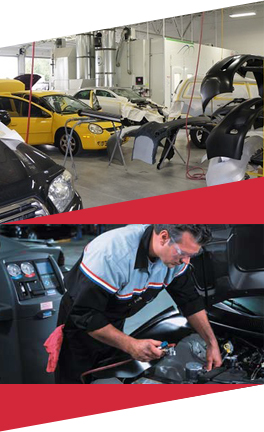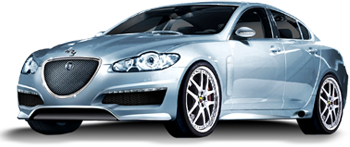Stretching Your Gas Dollars
A few simple suggestions to keep costs in check
With gas prices hovering at $5.00, drivers can benefit from many different strategies to save fuel. The obvious first step is buying a fuel-efficient car.
To get the best fuel economy, choosing a four-cylinder engine rather than a V6, or a V6 rather than a V8, is usually the way to go. Small, light cars tend to be more miserly with fuel than larger vehicles. Consumer Reports’ monthly road tests include our fuel-economy measurements for city and highway driving and for overall driving and we list the most fuel-efficient cars that we have tested on our Web site. You can also visit the EPA’s Web site, www.fueleconomy.gov, to find data on fuel-efficient cars.
However, once you’ve bought a vehicle, you can even go farther for less money if you follow these tips:
No Loitering. Don’t let the engine run at idle any longer than necessary. After starting the car in the morning, begin driving right away; don’t let it sit and “warm up” for several minutes. An engine actually warms up faster while driving. With most gasoline engines, it’s more efficient to turn off the engine than to idle for any longer than 30 seconds.
Easy does it. Driving smoothly and steadily makes the best use of your fuel. If you can, avoid hard acceleration or braking. Once up to speed, maintain a steady pace in top gear. Varying your speed a lot wastes fuel. A vehicle’s gas mileage decreases rapidly at speeds above 60 mph. Smooth acceleration, cornering, and braking not only save fuel but also extend the life of the engine, transmission, brakes, and tires.
It’s a drag. At highway speeds, more than 50 percent of engine power goes to overcoming aerodynamic drag. Try not to add to the drag by carrying things on top of your vehicle. A loaded roof rack can decrease a car’s fuel efficiency by 5 percent. Even driving with empty ski racks wastes gas. In addition, if you have air conditioning, use it only when you really need it. Running the air conditioner robs power from the engine and uses additional fuel.
Stay warm. An engine runs most inefficiently when it’s cold. It not only uses more fuel but also creates the most exhaust emissions and suffers the most wear. Avoid many short, separate trips–and unnecessary cold starts–by combining as many errands as possible into one trip.
Getting regular. If your car specifies regular fuel, don’t buy premium under the mistaken belief that your engine will benefit. Most cars are designed to run just fine on regular gasoline. Furthermore, many cars that recommend premium fuel also run well on regular. Check your owner’s manual to find out if your engine is designed to handle either grade. And consider buying off-brand gasoline, which is most often identical to what is sold at franchised gas stations.
Watch the tires. Keep your tires properly inflated. Under-inflated tires require more energy to roll, which not only wastes fuel but also wears the tires faster. According to the EPA, a tire that is under-inflated by only 2 pounds per square inch can cause a 1 percent increase in fuel consumption. Under-inflated tires can also build up excess heat, which can lead to tire failure. Check your vehicle’s tire pressures at least once a month, when the tires are cold. Also, check the tires before and after long road trips. The recommended tire pressure is found on a label inside the car, usually in a doorjamb, or inside the glove-box lid.
Stay tuned. The fuel consumption that’s posted on new-car window stickers is based on a well-tuned and properly maintained vehicle. Running a car in sub par mechanical condition can dramatically lower that figure. A poorly maintained engine can cut gas mileage by 10 to 20 percent. A clogged air filter alone can cause up to a 10 percent increase in fuel consumption. Be sure to follow the maintenance schedule in your owner’s manual, and act promptly if you sense any unusual sounds, smells, or vibrations.



